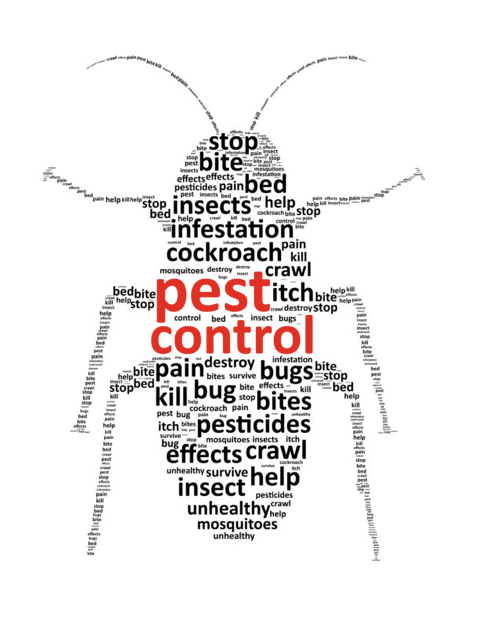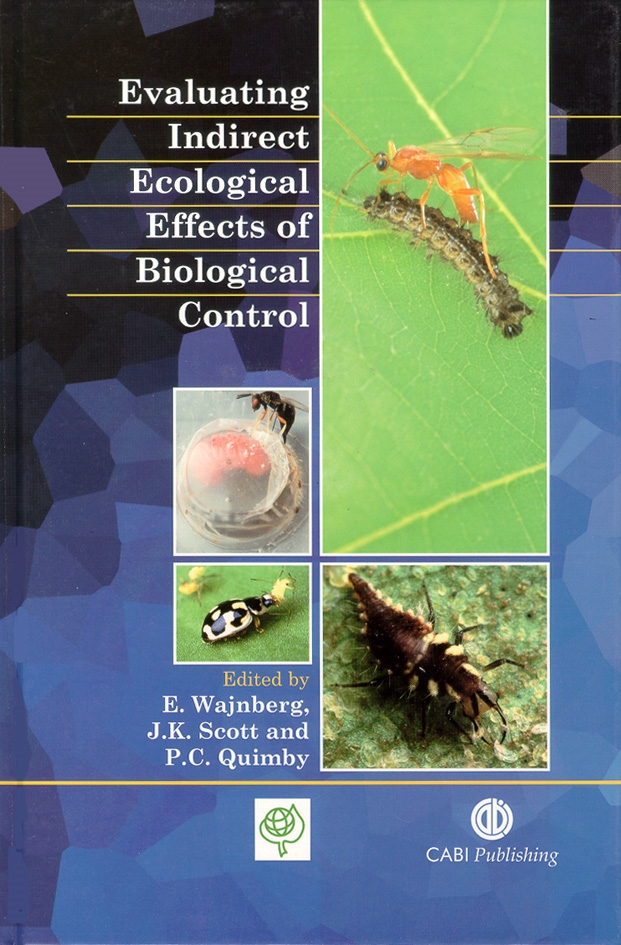The Basic Principles Of Eco Bed Bug Exterminators Dc
The Basic Principles Of Eco Bed Bug Exterminators Dc
Blog Article
The 15-Second Trick For Eco Bed Bug Exterminators Dc
Table of ContentsAll about Eco Bed Bug Exterminators DcNot known Facts About Eco Bed Bug Exterminators DcThe 9-Minute Rule for Eco Bed Bug Exterminators DcSee This Report about Eco Bed Bug Exterminators DcEco Bed Bug Exterminators Dc for Dummies
Because pesticides are harmful, they are also possibly dangerous to humans, animals, various other microorganisms, and the atmosphere. For that reason, individuals that make use of pesticides or consistently can be found in contact with them must comprehend the relative poisoning, prospective health and wellness impacts, and preventative steps to lower direct exposure to the products they make use of. Threat, or risk, of utilizing chemicals is the potential for injury, or the degree of threat entailed in utilizing a chemical under a given collection of conditions.
Nonetheless, applicators can decrease or virtually remove exposure-- and therefore decrease risk-- by following the label guidelines, using personal safety apparel and equipment (PPE), and handling the chemical correctly. Even more than 95 percent of all pesticide direct exposures come from facial direct exposure, mostly to the hands and lower arms. By wearing a pair of unlined, chemical-resistant handwear covers, this type of direct exposure can be almost removed.
The damaging results that take place from a single direct exposure by any type of course of entry are labelled "intense effects." The four routes of exposure are facial (skin), breathing (lungs), dental (mouth), and the eyes. Acute toxicity is identified by checking out the dermal poisoning, inhalation poisoning, and oral toxicity of guinea pig.
Our Eco Bed Bug Exterminators Dc Ideas
Acute poisoning is gauged as the amount or concentration of a toxicant-- the a.i.-- called for to kill half of the animals in an examination populace. This action is generally expressed as the LD50 (lethal dosage 50) or the LC50 (dangerous focus 50). Additionally, the LD50 and LC50 worths are based on a solitary dosage and are tape-recorded in milligrams of chemical per kilogram of body weight (mg/kg) of the guinea pig or in parts per million (ppm).
The lower the LD50 or LC50 value of a pesticide item, the higher its poisoning to people and animals. Pesticides with a high LD50 are the least toxic to people if used according to the directions on the item tag. The persistent toxicity of a pesticide is identified by subjecting guinea pig to long-lasting direct exposure to the energetic component.
The chronic poisoning of a pesticide is harder than intense toxicity to identify via lab analysis. Products are categorized on the basis of their family member acute poisoning (their LD50 or LC50 values). Chemicals that are classified as very hazardous (Toxicity Category I) on the basis of either dental, facial, or inhalation toxicity need to have the signal words threat and POISON published in red with a head and crossbones icon plainly showed on the front panel of the bundle label.
The intense (solitary dose) dental LD50 for pesticide items in this team varies from a trace amount to 50 mg/kg. As an example, direct exposure of a few declines of a product taken by mouth might be deadly to a 150-pound individual. Some pesticide items have just the signal word DANGER, which informs you absolutely nothing regarding the severe toxicity, just that the product can cause severe eye damage or severe skin irritability
The Eco Bed Bug Exterminators Dc Statements
In this category, the severe dental LD50 arrays from 50 to 500 mg/kg. A tsp to an ounce of this product can be deadly to a 150-pound individual (bed bug exterminator). Chemical items categorized as either a little poisonous or fairly harmless (Poisoning Classifications III and IV) are needed to have the signal word care on the pesticide tag

Eco Bed Bug Exterminators Dc Can Be Fun For Everyone
All pesticide toxicity chemicalPoisoning worths the Consisting of, can be found on located product's Material Safety Product Safety and security (MSDS). Pesticide labels and MSDS can be obtained from sellers or produces. Additionally, the majority of products also know that can be located online. The symptoms of pesticide poisoning can range from a mild skin irritation to coma and even fatality.
Individuals also differ in their level of sensitivity to various levels of these chemicals. Some people may show no reaction to an exposure that may create extreme illness in others (how to get rid of bed bugs). As a result of possible health and wellness worries, chemical customers and trainers have to recognize the typical symptoms and signs of pesticide poisoning. The results, or signs and symptoms, of chemical poisoning can be generally specified as either topical or systemic.
The 45-Second Trick For Eco Bed Bug Exterminators Dc
Dermatitis, or inflammation of the skin, is approved as the most typically reported topical result related to pesticide direct exposure. Signs of dermatitis range from reddening of the skin to breakouts and/or sores. Some individuals tend to cough, hiss, or sneeze when exposed to chemical sprays. Some individuals react to the solid smell and irritating effects of oil distillates used as carriers in chemical products.
This symptom generally subsides within a couple of minutes after an individual is removed from the direct exposure to the toxic irritant. Nonetheless, a response to a pesticide item that causes somebody not only to sneeze and cough but additionally to develop severe acute breathing signs and symptoms is more probable to be a real hypersensitivity or sensitive reaction.
Systemic results are rather different from topical results. They often occur away from the original point of contact as an outcome of the chemical being taken in right into and dispersed throughout the body.
Report this page